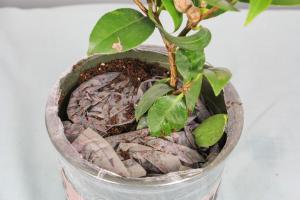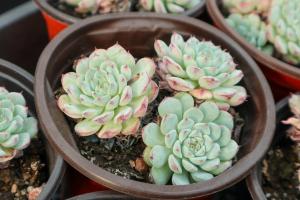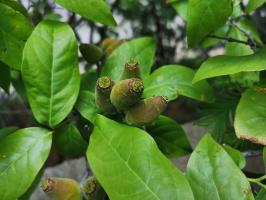Introduction
Butternut squash is a popular and versatile vegetable that can be used in a variety of dishes. Many people want to know if they can plant butternut squash after tomatoes. In this article, we will explore the answer to this question and provide some tips for successful butternut squash cultivation.
Can You Plant Butternut Squash After Tomatoes?
The answer to this question is yes, you can plant butternut squash after tomatoes. However, there are a few things you need to keep in mind. First, make sure that the tomato plants have been completely removed along with their roots. Tomatoes are known to be susceptible to soil-borne diseases, and you don't want to risk infecting your butternut squash plants.
It is also important to note that butternut squash requires a lot of space to grow, so make sure that the area where you plan to plant them is free from any other crops. Squash plants can take over a garden and choke out other plants, so it's important to give them plenty of room to spread out.
Preparing the Soil
Before you plant butternut squash, it's important to prepare the soil properly. Butternut squash grows best in soil that is rich in nutrients and has good drainage. To achieve this, you should amend the soil with compost or manure and add some sand if the soil is heavy.
In addition to preparing the soil, it's also important to consider the pH level. Butternut squash prefers a slightly acidic soil with a pH of around 6.0 to 6.5. Use a soil testing kit to determine the pH level of your soil and adjust it as necessary.
Planting Butternut Squash
Once you have prepared the soil, it's time to plant your butternut squash. Start by digging a hole that is two times larger than the root ball of your plant. Place the plant in the hole and fill it with soil. Water the plant thoroughly and add a layer of mulch around the base to help retain moisture.
Butternut squash plants are heavy feeders, so it's important to fertilize them regularly. Use a balanced fertilizer and apply it according to the instructions on the package. You can also use compost or manure to feed your plants.
Caring for Butternut Squash
As your butternut squash plants grow, there are a few things you can do to help them thrive. First, make sure to water them regularly, especially during hot and dry weather. Butternut squash requires a lot of water to produce large, healthy fruits.
You should also monitor your plants for pests and diseases. Common pests that can affect butternut squash include squash bugs, cucumber beetles, and squash vine borers. If you notice any signs of damage, take action immediately to prevent the problem from spreading.
Harvesting Butternut Squash
Butternut squash takes around 80-100 days to mature, depending on the variety. When the fruit is fully mature, it will have a hard rind and a rich, orange color. Use a pair of garden shears to harvest the fruit, leaving a few inches of stem attached.
Once you have harvested your butternut squash, it's important to store it properly. Store the squash in a cool, dry, and well-ventilated place, such as a pantry or basement. Butternut squash can last for several months if stored correctly.
Conclusion
In conclusion, you can plant butternut squash after tomatoes, but you need to take a few precautions. Make sure that the area where you plan to plant your butternut squash is free from any other crops and that the soil has been properly prepared. With a little bit of care and attention, you can enjoy a bountiful harvest of delicious butternut squash.

 how many times do yo...
how many times do yo... how many planted tre...
how many planted tre... how many pine trees ...
how many pine trees ... how many pecan trees...
how many pecan trees... how many plants comp...
how many plants comp... how many plants can ...
how many plants can ... how many plants and ...
how many plants and ... how many pepper plan...
how many pepper plan...
































